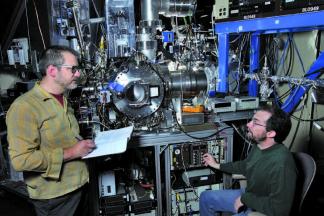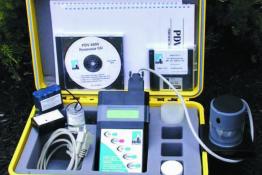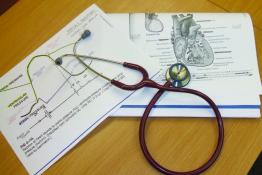The atmospheric detergent and the elusive Criegee biradical
Issue 343 | Page 67 | Published Dec 2011
Description
Chemicals entering the atmosphere come from a number of sources but, in broad terms, are either from human activity or from the biosphere (natural systems). What happens to these chemicals once in the atmosphere is very important, of course. If they are toxic they can impact on the health of humans, animals and natural ecosystems. Therefore, it is vital that we understand how pollutants are removed by the atmosphere. One very important removal process involves the so-called hydroxyl radical. It has emerged in recent investigations that an important source of the hydroxyl radical must be Criegee biradicals. However, these Criegee biradicals have been impossible to measure until recently. In this article we describe work carried out using the Advanced Light Source (ALS), a facility in the USA, that has allowed us to observe a Criegee biradical for the first time.
More from this issue
Perfluorocarbons (PFCs) are fully fluorinated hydrocarbons that are used as blood plasma substitutes, in medical imaging and in the cosmetics...
Natural arsenic salts are present in all waters, with natural concentrations of less than 10 parts per billion (ppb). Unfortunately, there is an...
At the University of Nottingham we have been involved in running novel undergraduate projects that enabled undergraduate students to lead...



